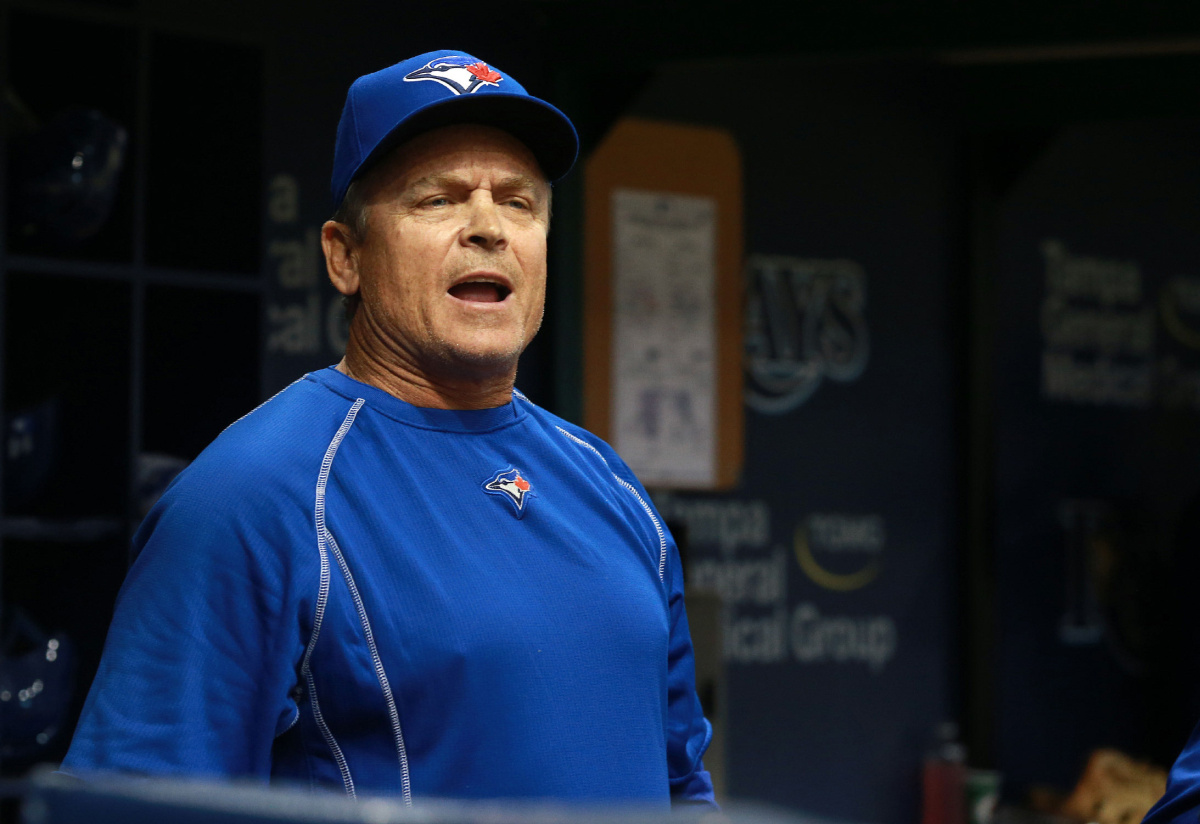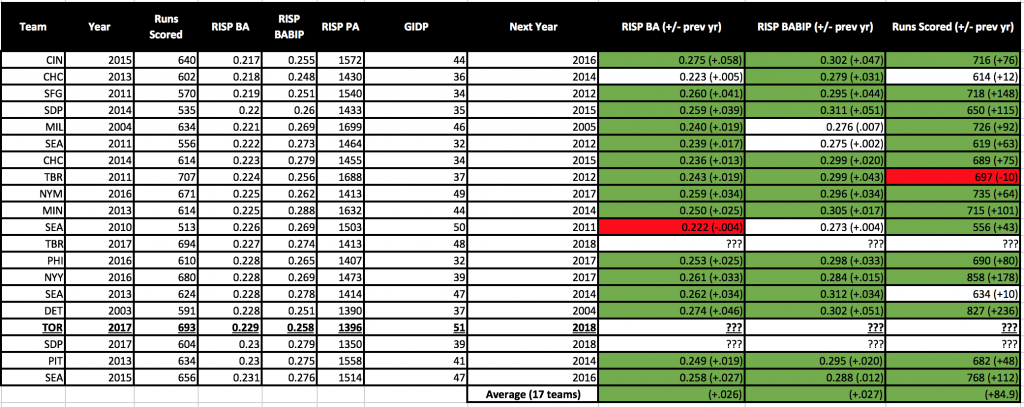You’ve got to be good to be lucky, and lucky to be good, and in 2017, the Blue Jays were equal parts awful and unfortunate.
Even before the season began, Dalton Pompey was sidelined with a concussion after stealing a base playing for Canada in the World Baseball Classic. Pompey, who was in the mix for an outfield job in 2017, ended up playing in only 13 games between Dunedin and Buffalo.
After that, it began a parade to the disabled list as one by one, Jays went down. From inflammation to irritation, blisters to broken thumbs, calf injuries, broken hands, and everything else in between, the team had issues staying on the field. You just got the feeling that it wasn’t the Jays year when Darrell Ceciliani, called up simply because the Jays needed bodies, dislocated his shoulder on a home run two days after he joined the team and MISSED THE REST OF THE SEASON.
It may have been just the second month of the season, but surely that was a sign that nothing was going too right for this ball club the rest of the way in 2017, right?
The team with depth that could be described as suspect at best now had to find replacements for the replacements that also got hurt, and we were treated to watching a stream of Buffalo Bisons suit up. The Blue Jays were so bad and so hurt that we watched six different catchers throughout the year, and I’m pretty sure at least two of them were imaginary.
But despite the fact that they failed to stay on the field, it seemed as if the team that suited up every night was still really underperforming. The Jays ranked 26th in runs scored despite being middle of the pack in both walk and strikeout rates. They still had some of the firepower they possessed in the previous seasons, hitting 222 home runs, good for 10th league-wide, but pretty much everything else offensively didn’t seem like it ever clicked. Throughout the season, the Blue Jays just couldn’t get the big hit with men on that they needed desperately.
Only three Blue Jays actually hit well with RISP this year. First was perennial star Josh Donaldson, who slashed .359/.458/.705 in RISP situations. Second, was Justin Smoak, who broke out and hit well in all situations, including an .884 OPS with RISP. Lastly was Ryan Goins, who…is not good at all. With RISP, he hit .330/.368./.540. With the bases empty, he hit .199/.255/.286. Something tells me that the player with the career .611 OPS won’t be repeating a skill he doesn’t have.
The bad luck didn’t end with just roster moves. The Blue Jays got horrible luck on the balls that they put in play, especially with runners in scoring position. As a team, they hit .276 on balls in play, and that number fell to .258 with RISP, ranking eighth worst among all teams since the 2000 season.
But let’s take that further. The Blue Jays .714 OPS with RISP looks somewhat respectable — compared to the other teams they’re grouped with — and was aided by their propensity for home runs and walks, but it doesn’t really show how dreadful they were. The Blue Jays didn’t only have one of the lowest BABIPs with runners in scoring position, their average with RISP was low as well, ranking 17th worst since 2000. We can look at this even better by comparing the Blue Jays with teams that had a low RISP BABIP and a low average with RISP.
There’s a lot of green here.
Obviously, things change from year to year, and just simply bringing back the same squad and hoping for better luck won’t work, but pretty much every team – from 2012 World Champion San Francisco Giants to the basement-dwelling Chicago Cubs of three years ago – saw a considerable amount of regression to the mean, and the runs that came with it. Now, there are a lot of variables in this exercise. For example, the clear outlier we see here are the 2012 Tampa Bay Rays, who scored ten fewer runs than they did in 2011 despite hitting better with runners in scoring position. That’s primarily due to the fact that the Rays had 181 fewer plate appearances with RISP – which means less opportunities to score runs – than they did in 2011.
One thing worth mentioning is the GIDP column. Out of the 20 teams listed, only one – this year’s Padres – had less plate appearances, but the Jays led all 20 in double plays. Now, teams don’t shift as much with runners in scoring position and less than two outs, so it makes one wonder whether it’s simply bad luck or bad balls put in play.
Either way, all 17 teams (the 2017 Rays and 2017 Padres appeared on this list) saw their batting average with runners in scoring position rise by an average of .026 points and that translated to an average of just under 85 more runs in the next year.
The team still needs to make some changes and regression alone won’t fix everything, but if the past is any indication, the Blue Jays are in for some good fortune. Of the 17 teams that hit under .232 with RISP since the 2000 season, 12 improved on their run total by more than 50 the next season. The team still has some work to do, but regression to the mean could definitely factor in to the 2018 club. There’s no promise that the extra runs will make the team contenders, but staying healthy and added depth should ensure that the Blue Jays stay alive until at least the end of August this time around.
Lead Photo: Kim Klement — USA Today Sports


